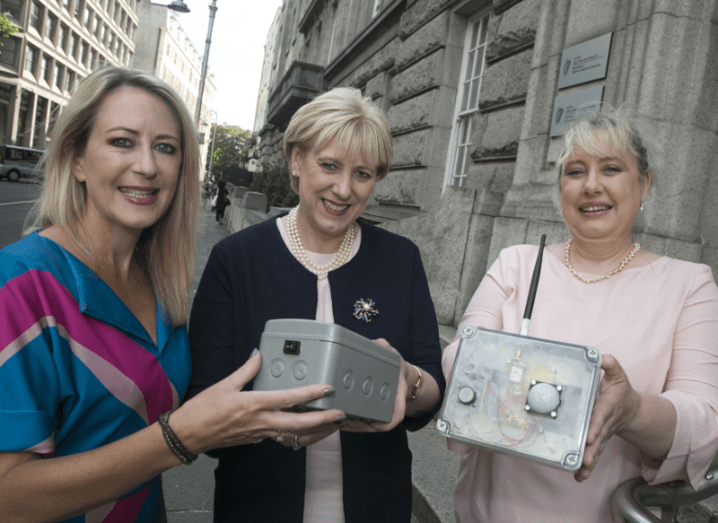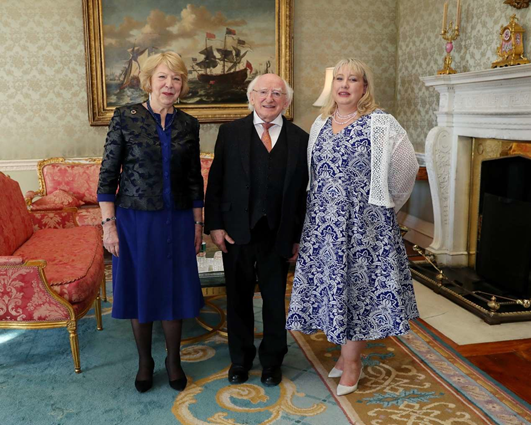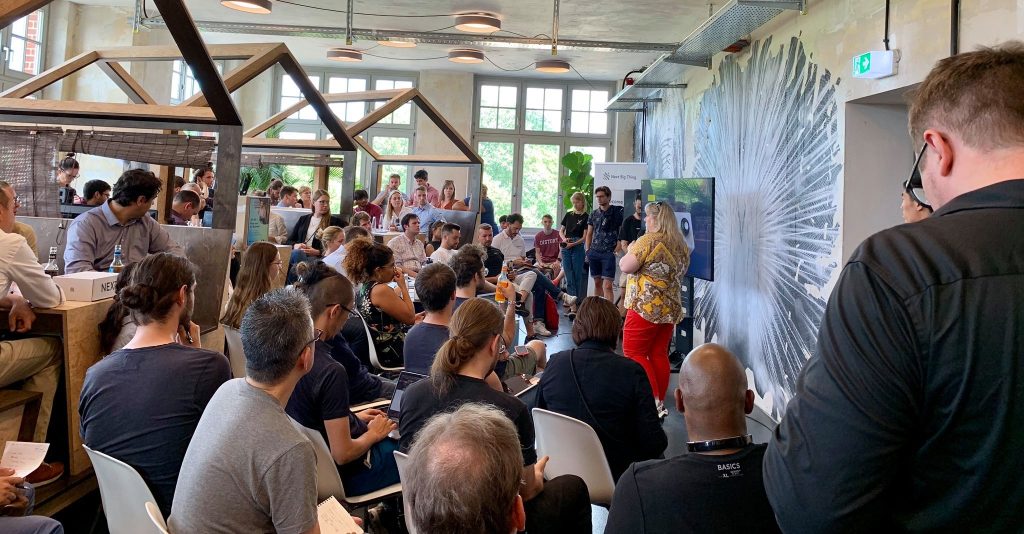
Haulage companies face huge losses daily due to theft, damage to their loads, and hefty fines arising from undetected illegal stowaways entering the rear of their vehicles. Under the new revision of the UK’s Clandestine Entrant Civil Penalty Scheme from 13 February 2024, fines for lorry drivers found with illegal immigrants hiding in their vehicles increased fivefold from £2,000 (approx. €2,250) per stowaway to potentially £10,000 (>€11,000).
Considering that independent owner/drivers earn an average of around €200 per day, the added potential penalties and financial risks make crossing the UK border an unacceptable risk. The World Road Transport Organization(IRU) says the scheme puts supply chains at risk, stating that the measures previously in place had already cost haulage firms over £1 billion annually (>€1.1bn).
This is where Journey Protector comes in. An Irish deep tech solutions startup that specializes in technology for ports, freight and logistics. Their CEO Anne Lawlor is on a mission to prevent cargo theft and human trafficking in the logistics industry. Their state-of-the-art IoT security solution promises to not just reduce costs and risks of damage to loads, but also save time by facilitating efficiency for customs clearance and border controls. As an company that is developing technology for the betterment of mankind, Journey Protector is proud to be the first Irish Deep tech Corp certified organization.
In this interview, Journey Protector’s founder and CEO Anne Lawlor shares about her inspiration behind the company and her experience as an entrepreneur.

What inspired you to start this business?
I was horrified by the survivor stories of human trafficking and dangers faced by truck drivers. When truck drivers find stowaways in their vehicles, it is their job to obtain help or remove them. I was once approached by a driver who had been badly beaten by people who had illegally accessed the rear of his vehicle and felt that we could use technology to help people like him. So, we initially designed a system which would remove truck drivers as first responders for both criminals and stowaways.
“Shocked that there was no good solution in the market to stop human trafficking, we felt that we had a moral duty to develop one.”
Did your solution pivot along the way?
Yes. As we were developing the first product, I met a young woman who had been trafficked in the rear of a refrigerated unit. She told me that she was always transported in a refrigerated unit because the traffickers knew they could get her through security tech checks in it.
Shocked that there was no good solution in the market to stop human trafficking, we felt that we had a moral duty to develop one. This was when we decided to pivot and create a technical solution for the logistics industry which would not only protect the driver but also detect a living presence. The way that we have designed our solution provides value to haulage companies, providing location intelligence which saves time, money and provides total visibility.

How does the Journey Protector solution work?
We continuously monitor conditions within the rear of the designated area (container, trailer, or truck), using edge processing and provide a live data feed to our cloud technology. We have several operational dashboards to visualize data, specialist AI algorithms, and KPIs. We also form enterprise strategic alliances to pair Journey Protector with other IT facilities, such as document management and API links.
Drivers cannot access the system. This removes their responsibility of being first responders, which reduces injury and deters them from collusion in human trafficking and theft. We are launching our system in Q1 2025 and expanding our company to France and beyond.
“Drivers cannot access the system. This removes their responsibility of being first responders, which reduces injury and deters them from collusion in human trafficking and theft.”
Journey Protector adds value to different industries. Our product would help logistics companies, shipping companies, ports, customs/border control processes and smart buildings, making our total addressable market around USD 11 trillion.
By 2028, we aim to have our system installed in at least 6 live ports, 86 000 trailers and 40 buildings in Ireland, the UK, and Europe. We will also expand into Asia and the Middle East. Our projection of gross revenue is around €800 million by 2028.
Tell us about your journey as an entrepreneur. What have been your biggest challenges so far?
We have faced two main challenges – funding and talent acquisition. I have learned that everything takes twice as long and costs twice as much as anticipated. Funding is not as easy to obtain as you would think.
The initial product was financed by ourselves with a small initial investment from Enterprise Ireland as part of the competitive start fund, we are one of their High Potential Startups. Our pivot was financed by selling our pensions, cars and my engagement ring to produce our proof-of-concept (POC). After our POC was completed, we did a pre-seed raise to refine the product. Since then, we have secured funding from the directors of an Irish wealth management company. We have also secured prize money from awards – Startup Lighthouse top 20 startups in Europe, runner-up of Tech Open Air (Berlin) NBT, Typetech Microsoft startup of the year and more. We already have sight of €1 million in match funding and are raising a balance of €4million to bring our product to market.

How do you plan to utilize the funds raised, and what’s next for the company?
The current fundraising round will be used for commercializing the current product range, research and development for our next iteration of products, as well as marketing and customer support. We currently have R&D labs in Ireland and the UK, and are other locations.
What advice would you give to someone thinking about starting their own business?
Do your research, find the pain point and solve it. Do not develop a product and then try to find a market it fits. In terms of support, we have found that peer networks are amazing – you can discuss your issues with people who have gone through the same pain as yourself. Government and professional bodies such as Enterprise Ireland, TIE Global and GoBusiness Singapore are also a wonderful source of information and support. It is also not easy to raise funds to build a deep tech product, so apply for every grant and fund available – this will help you to keep the lights on!



